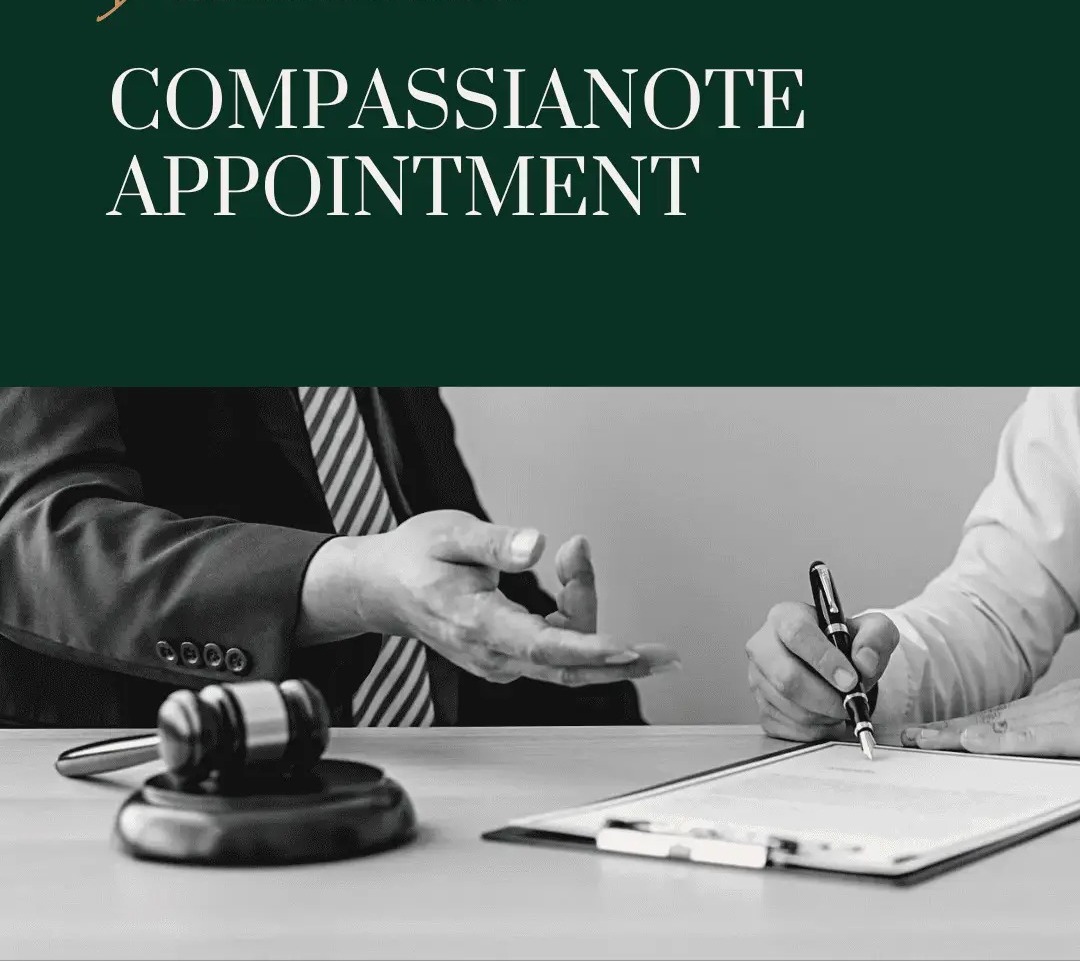N.V. Ramana, J.@mdashThis appeal u/s 374(2) Cr.P.C. by the accused is directed against the conviction and sentence passed in S.C. No. 578 of 2007 dated 27-2-2008 by the V Additional Sessions Judge (Fast Track Court), Ranga Reddy. The appellant herein is the accused and he was prosecuted for the charges u/s 307 and 302 IPC. According to the prosecution, the deceased had three sons and two daughters. P.W. 3 is the elder son, the accused is the second son and the complainant P.W. 1 is the younger son. P.W. 2 is the wife of the deceased. Earlier, the deceased worked as Kavalkar of Jaggamguda Village. The accused was addicted to alcohol and two years prior to the incident, he married one Nirmala. Since the accused used to abuse and quarrel with the family members, P.W. 3 and his wife left to Turkapally and staying there. Further, as the accused is harassing his wife in an intoxicated state, she left to her parents house and since then, the accused suspected that his parents, brothers and sisters-in-law are responsible for the same and bore grudge against them. P.W. 1''s wife also left to her parents house. While so, the accused who is addicted to alcohol is not attending to any work and staying in one room and his parents and P.W. 1 are staying in another room in the same house. Recently, the deceased tried to arrange Kavalkar job to P.W. 1 for which the accused opposed and insisted to arrange the said job to him but not to P.W. 1. As the deceased has not agreed for the same alleging that he is addicted to drinking, the accused insisted to handover the house and open place, but his parents and P.W. 1 did not accept for his proposal and made allegations against him, as such, the accused bore grudge and hatched a plan to do away with the life of the deceased.
2. On 5-6-2007 at about 11.30 p.m. the accused consumed liquor, returned to the house and found P.W. 2 and the deceased sleeping in their room. Then, the accused picked up a plastic rope available in his room and went to the room of the deceased and knocked the door. P.W. 2 woke up and opened the door. The accused pounced on her and attempted to kill her by throttling, but she escaped from the clutches of the accused and came out. Then, the accused went to the deceased, put the rope on the neck of the deceased and pulled it forcibly, due to which the deceased died on the spot. In the meanwhile, P.W. 1 returned to the house. P.W. 2 informed him about the act of the accused and when both of them went into the room, the accused ran away and hidden the rope in his room and thereafter, when the neighbours and villagers gathered, he absconded.
3. Based on the complaint given by P.W. 1, P.W. 8 - the Inspector of Police, Shameerpet registered a case in Crime No. 109 of 2007 for the offence punishable u/s 302 IPC and issued Ex. P-10 FIR and during the course of investigation, he visited the scene of offence and found that the dead body of the deceased was having a ligature mark. He also examined P.Ws. 1 to 4 and others and conducted inquest in the presence of P.W. 5 and others under Ex.P-6 inquest panchanama and also conducted scene of offence panchanama under Ex.P-5 in the presence of P.W. 5. The photographs of the deceased were also taken under Ex. P-11 with the help of one P. Shyam. The dead body of the deceased was sent for post mortem examination of P.W. 7 who issued post mortem examination report Ex. P-9. P.W. 8 after completion of investigation filed the charge sheet.
4. The learned Sessions Judge framed charges against the accused under Sections 302 and 307 IPC and the accused pleaded not guilty for the said charges and claimed to be tried.
5. In order to establish the said charges, the prosecution examined P.Ws. 1 to 8 and got marked Exs. P-1 to P-12 and M.O. 1. No oral or documentary evidence was adduced in defence by the accused.
6. The Sessions Judge taking into consideration the oral and documentary evidence found the appellant-accused not guilty of the charge u/s 307 IPC, but found him guilty for the offence punishable u/s 302 IPC, convicted and sentenced him to undergo rigorous imprisonment for life and to pay a fine of Rs. 500/-, in default to suffer simple imprisonment for two months.
7. Aggrieved by the said conviction and sentence, the present appeal is filed by the appellant-accused.
8. Now the point that arises for consideration is whether the prosecution could establish the charge u/s 302 IPC against the appellant-accused beyond all reasonable doubt.
9. The learned counsel for the appellant contended that the trial Court has convicted the accused basing on the evidence of P.W. 2 who turned hostile. P.W. 2 stated in her cross-examination that the deceased hanged himself, that she did not witness as to how the deceased died and that the accused was not present when the deceased died. Therefore, the accused is entitled for acquittal.
10. Learned Additional Public Prosecutor appearing on behalf of the State has supported the judgment of the trial Court.
11. The case of the prosecution is that on 5-6-2007 at about 11.30 p.m., while P.W. 2 and the deceased were sleeping in their house, the accused came in a fully drunken state, tried to throttle P.W. 2 with his hands and later killed the deceased by strangulating him with a plastic rope.
12. To support its case, the prosecution examined P.W. 1, the complainant who is the son of the deceased and P.W. 2; P.W. 2, the wife of the deceased; P.W. 3, the elder son of the deceased and P.W. 2; P.W. 4, neighbour of the deceased; P.W. 5 and 6, the panch witness to the scene of offence and inquest; P.W. 7, the doctor who conducted autopsy over the dead body of the deceased and P.W. 8, the investigating officer.
13. To prove that the accused strangulated the deceased with a plastic rope, the prosecution has relied upon the evidence of P.Ws. 1 and 2.
14. P.W. 1 stated that himself, P.W. 2 and the deceased were residing in one room and the accused was residing in another room. P.W. 3 who is his elder brother resides at Turkapally. The accused is addicted to consuming liquor and is a quarrelsome person. He used to quarrel with the deceased and demand money for consuming liquor. The accused is married and his wife deserted him. According to P.W. 1, the accused quarreled with the deceased as he did not provide him with a job and P.W. 1 succeeded to the post of Kavalkar held by the deceased. There were no disputes with regard to the house. On the date of incident, he went to attend work and on his return at 10.00 p.m., his mother P.W. 2 informed him that the accused came in a fully drunken state and demanded money from the deceased and P.W. 2 and when the accused caught hold of her, she escaped. The accused then took a rope and strangulated the deceased. He saw the dead body of the deceased and found a ligature mark on his neck. When he came to the main road, he found the accused, then he caught hold of him, beat and tied him and gave complaint to the police.
15. P.W. 2 stated that herself, deceased, P.W. 1 and the accused reside in the house together. The accused who is her son is married but his wife is not residing with him. According to her, the accused got addicted to liquor and he used to pick up quarrel with them for selling of the agricultural land of the deceased and that on the date of incident, while herself and the deceased were present in the house, the accused caught hold of her neck stating that they are no selling the land and left the place. As she did not state anything about the accused strangulating the deceased, she was declared hostile. However, in her cross-examination by the defence counsel, she stated that the deceased hanged himself, that she did not witness as to how the deceased died and the accused was also not present when the deceased died. M.O. 1 is used by the accused to tie articles to the carrier of cycle.
16. From the evidence of P.W. 1 who is the son of the deceased and brother of the accused, it is clear that the dispute between the accused and the deceased was with regard to providing a job to him but not with regard to house as alleged by the prosecution. Further, he is not an eye witness to the incident and according to P.W. 1, P.W. 2 informed him that the accused throttled her and he has also strangulated the deceased. But, P.W. 2 who is the sole eyewitness to the incident has not supported the case of the prosecution and stated that the deceased hanged himself and she did not witness as to how the deceased died. She also stated that the accused was also not present in the house when the deceased died. Therefore, the evidence of P.W. 1 cannot be relied upon to connect the accused to the death of the deceased.
17. If the evidence of P.W. 2, the sole eyewitness who turned hostile is discarded, there is no other evidence available on record to connect the accused with the commission of the offence. Thus, it is a case where there is no evidence practically to prove that the accused committed the offence.
18. Thus as discussed above, the prosecution could not establish that it is the accused who committed the offence and the circumstances relied upon by the prosecution could not connect the accused with the cause of the death of the deceased. The prosecution having utterly failed to bring home the guilt of the accused for the charge u/s 302 IPC beyond all reasonable doubt, we are of the opinion that the finding recorded by the trial Court holding the accused guilty of the said charge is liable to be set aside. In the result, the Criminal Appeal is allowed. The conviction and sentence imposed against the appellant-accused by judgment dated 27-2-2008 passed in S.C. No. 578 of 2007 by the V Additional Sessions Judge (Fast Track Court), Ranga Reddy District, for the offence punishable u/s 302 IPC is set aside. The appellant-accused is acquitted for the charge u/s 302 IPC and he shall be set at liberty forthwith, if he is not required in any other case.

